Ant cuticle microsculpturing
In the recent article, “Ant cuticle microsculpturing: diversity, classification, and evolution”, John Paul Hellenbrand and Clint A. Penick developed a simplified classification system to classify microsculpturing patterns of over 11,000 ant species and subspecies, which they then mapped onto the current ant phylogeny. They found that the smooth pattern was the ancestral state of microsculpturing in ants, and other patterns evolved independently multiple times. Rough textures were associated with subfamilies whose members have thicker cuticles, and the tuberous pattern was largely confined to fungus-gardening ants in the tribe Attini. Here, Clint Penick shares some pictures and talks about the work behind this article.
A Photoblog compiled by Clint A. Penick and edited by Alice Laciny and Patrick Krapf
All ant head images are modified from AntWeb, and the textile design work was done by Meredith West.

I became interested in ant cuticle patterns years ago when I first started working with ants. I couldn’t believe the diversity of cuticle patterns found among species that are largely hidden until you look at an ant under a microscope or a high-resolution photo.
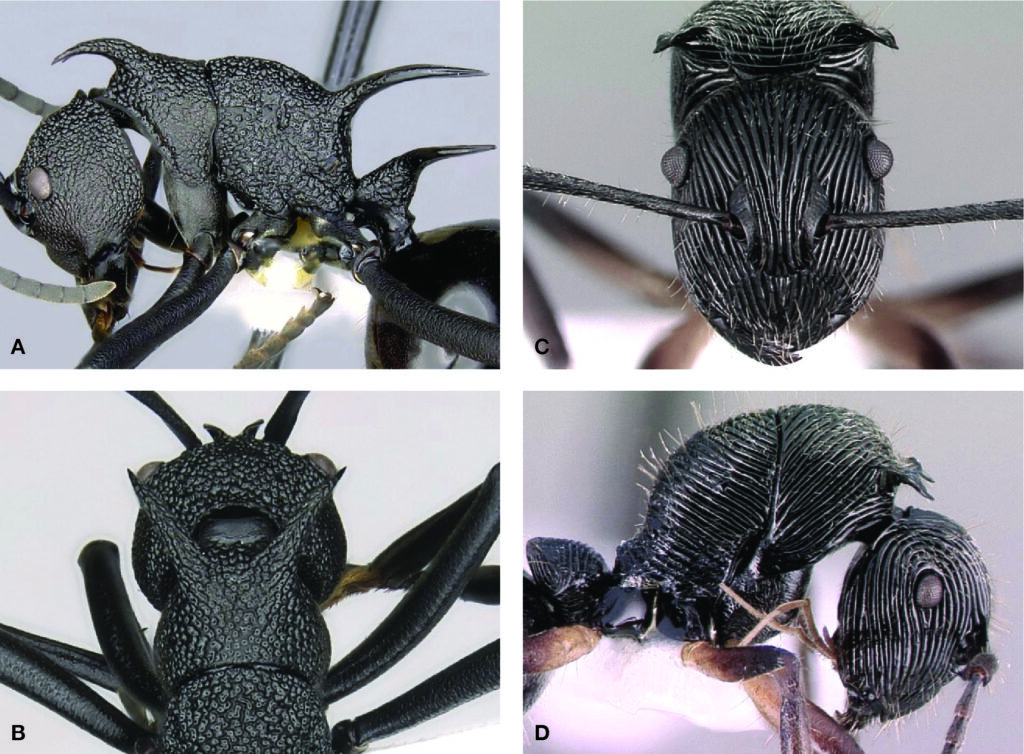
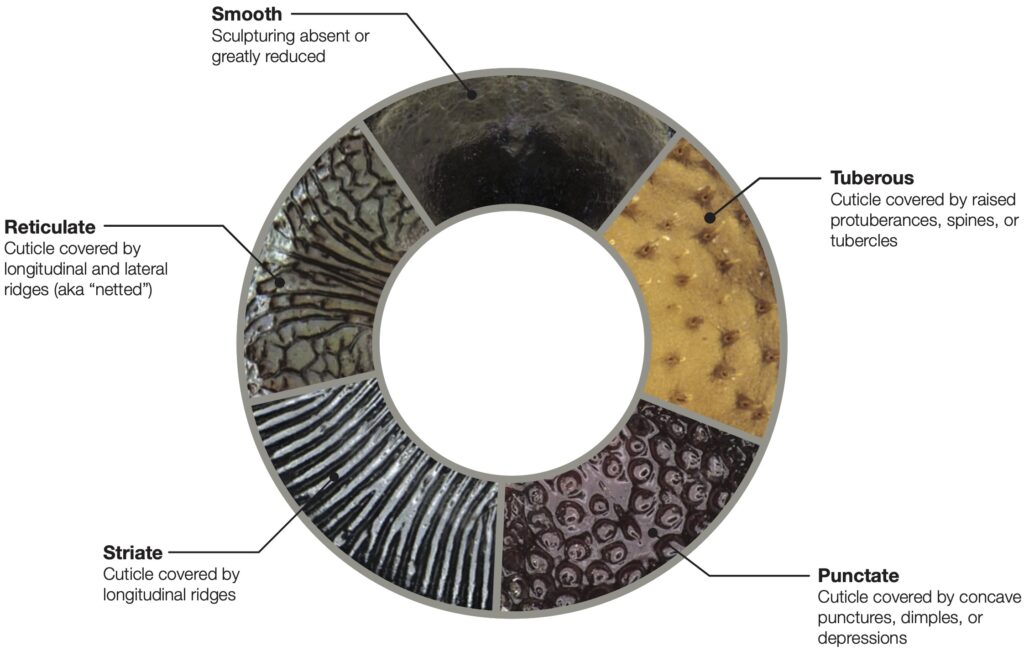
While I was a postdoc at NC State University, I worked with a textile designer to create a series of “ant prints” based on ant cuticle patterns to help raise awareness about insect diversity. We ended up selling pillows and other products featuring these prints through our online shop, called Holotype. The proceeds from our initial sales helped us fund an undergraduate student for the summer, who was the first to explore the function of these patterns.
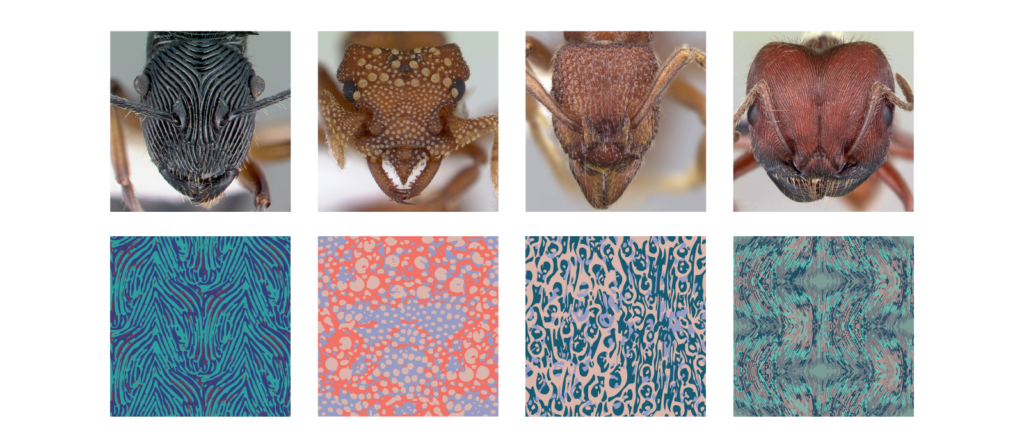
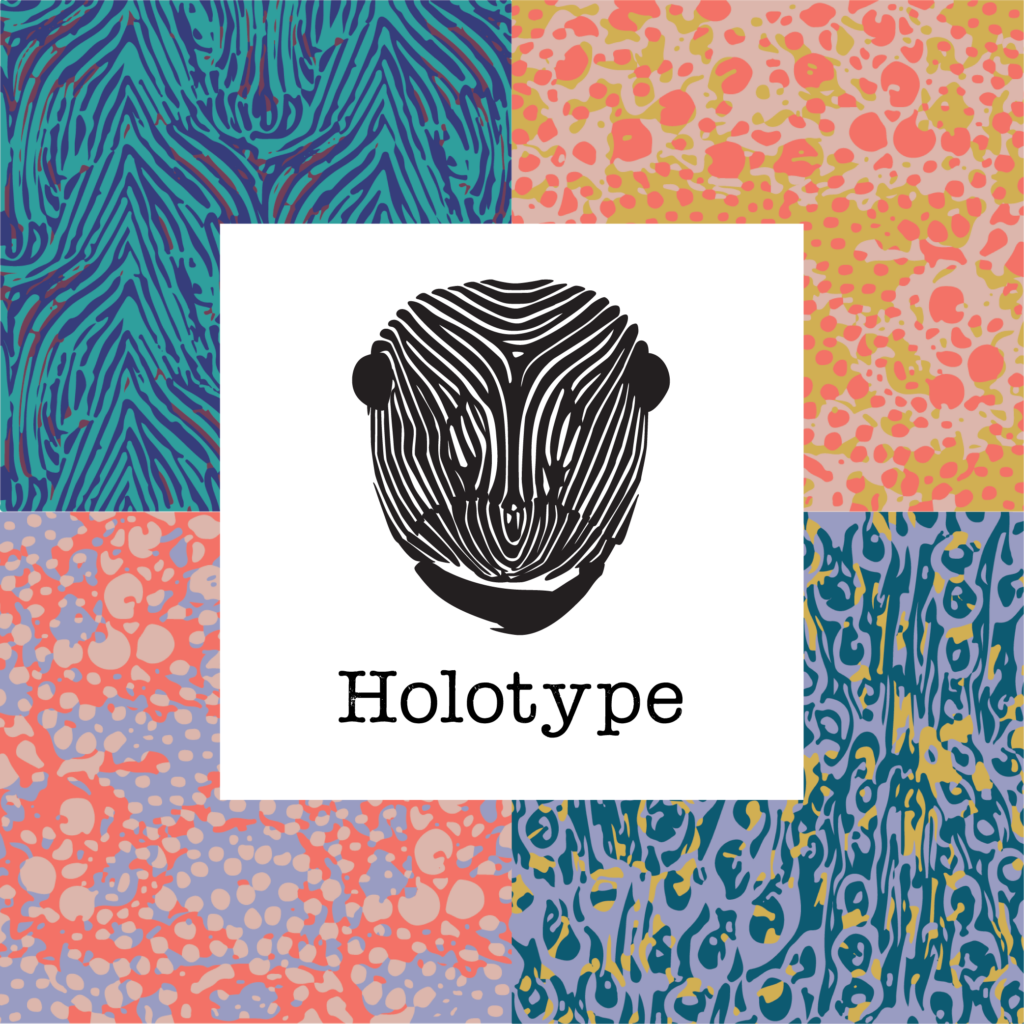
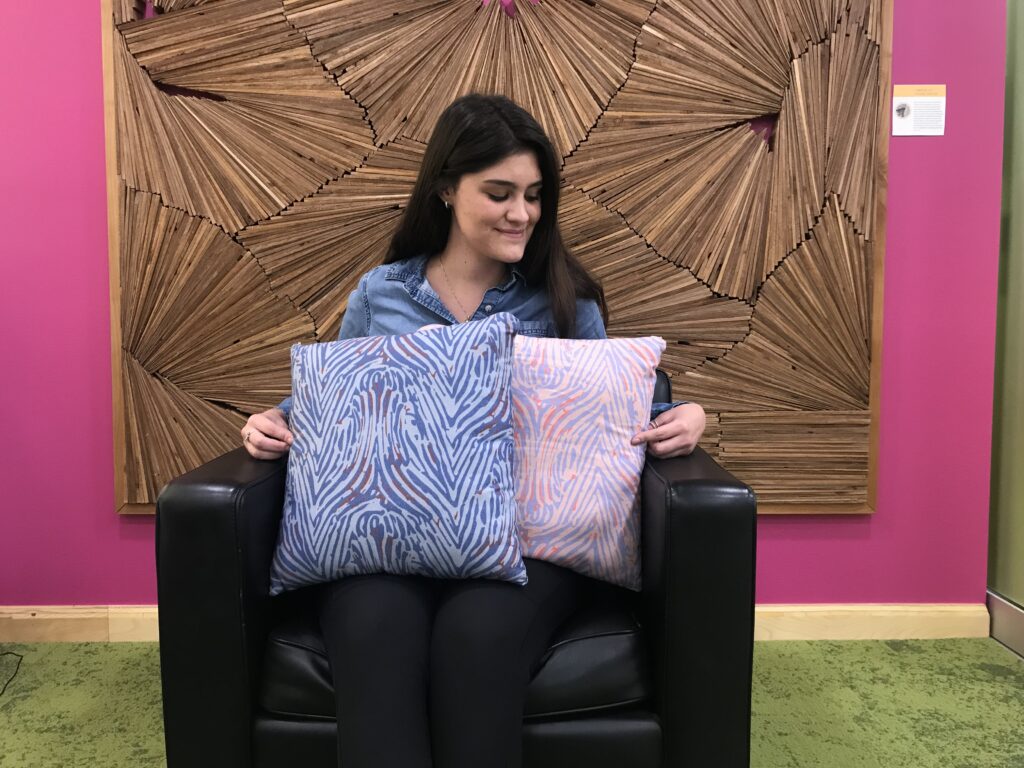
The present work began after I joined the faculty at Kennesaw State University and recruited my first graduate student, JP Hellenbrand. The one hiccup was that JP joined my lab during the beginning of the COVID pandemic. Our lab was shut down, and we had to think of a project that JP could do during lockdown. This turned out to be the perfect time to return to my interest in ant cuticle patterns! JP agreed to base his thesis on this work, and he began to categorize the cuticle patterns of ants present on AntWeb. After a few months, JP recruited two undergraduate students at KSU to test his classification scheme, and they initially all had to meet online due to the COVID lockdown. Both of these students helped to classify over 11,000 images, and (perhaps surprisingly) continued to work on ants in my lab after lockdown ended.

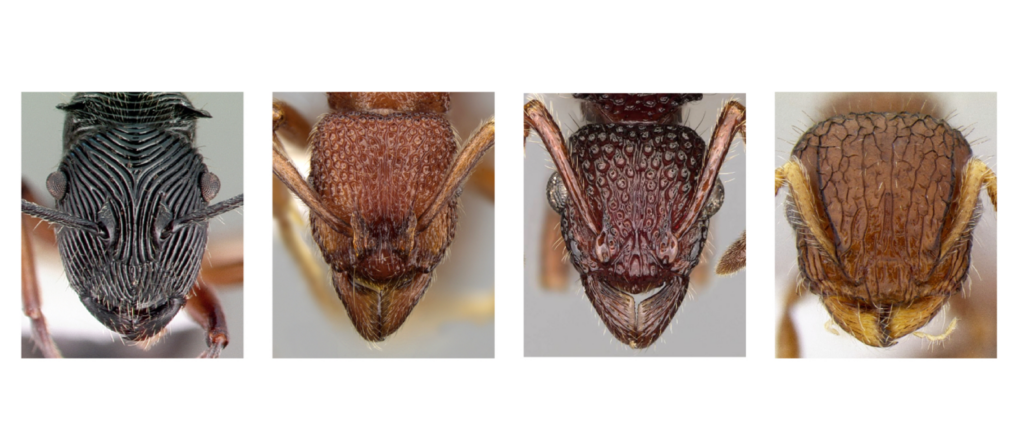
The function of cuticle microsculpturing is still unknown, but it may play a role in providing structural support, abrasion reduction, desiccation resistance, communication, and influence insect-microbe interactions. The authors review these proposed functions and discuss how ant microsculpturing may inspire future applications in bio-inspired design.
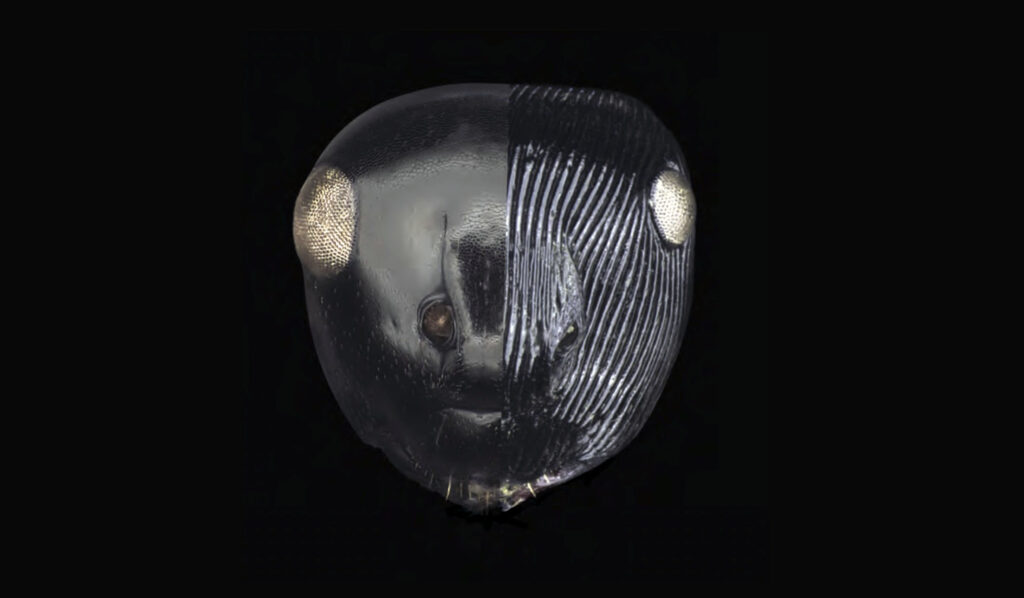




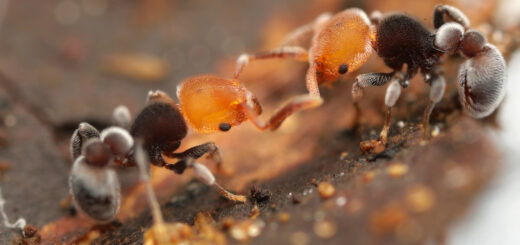
Recent Comments